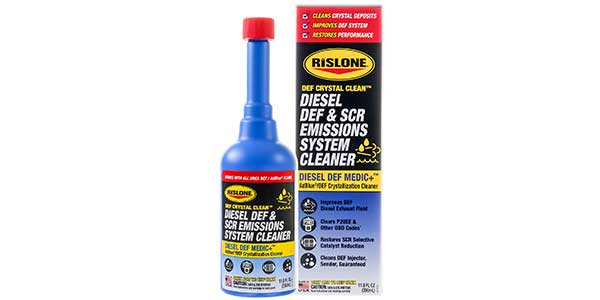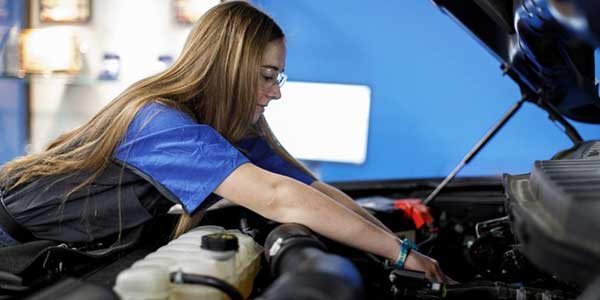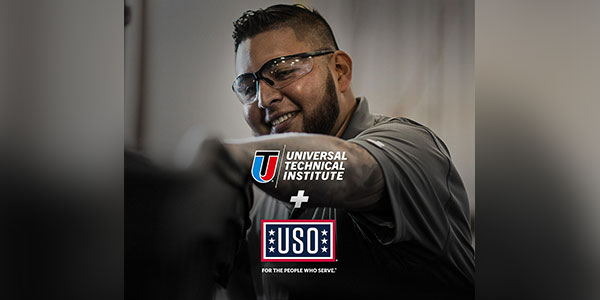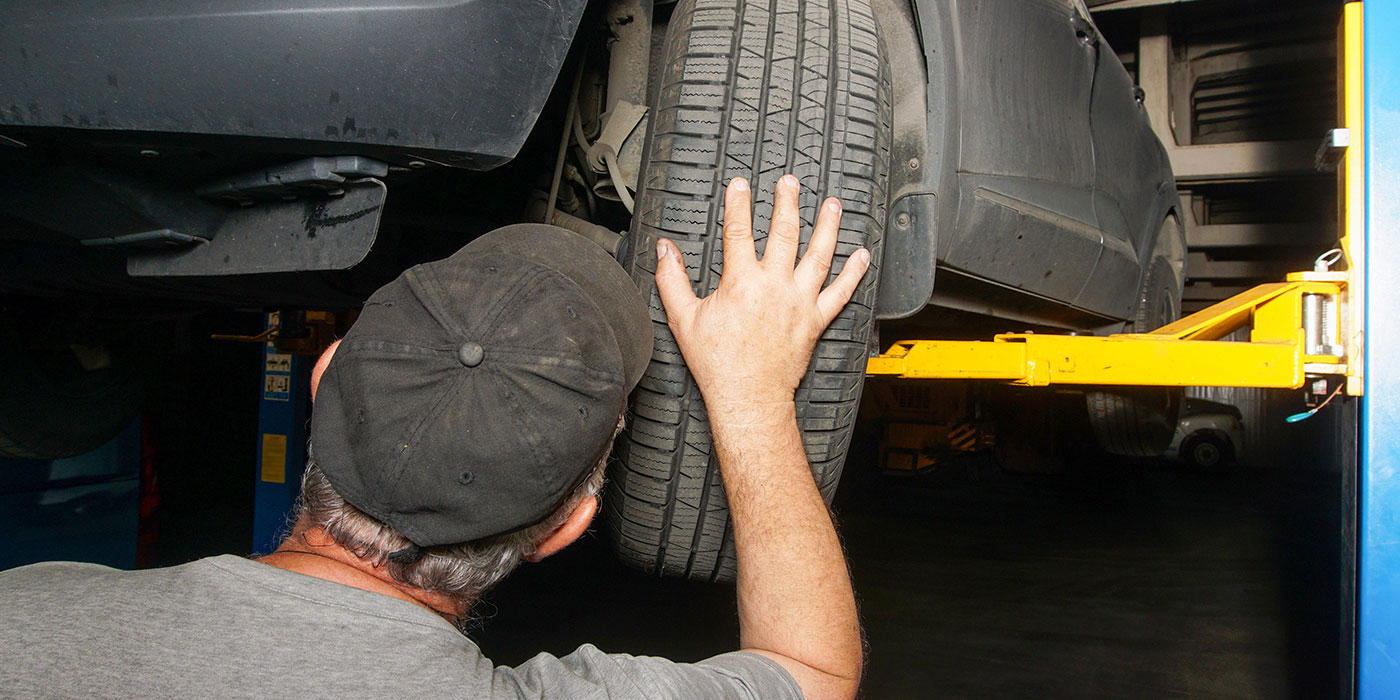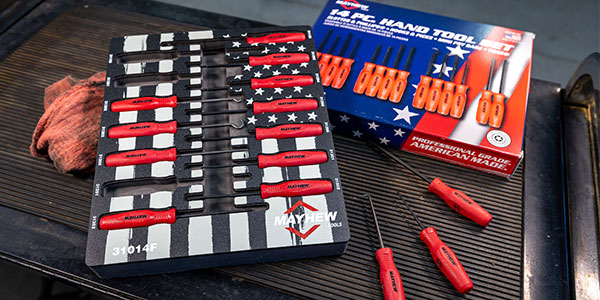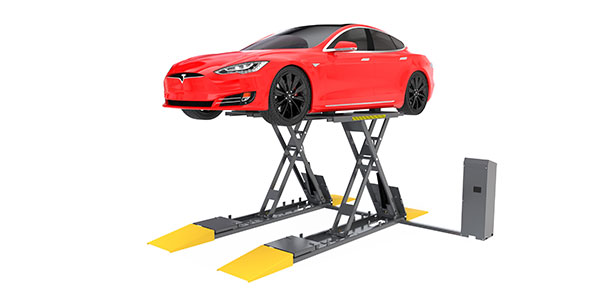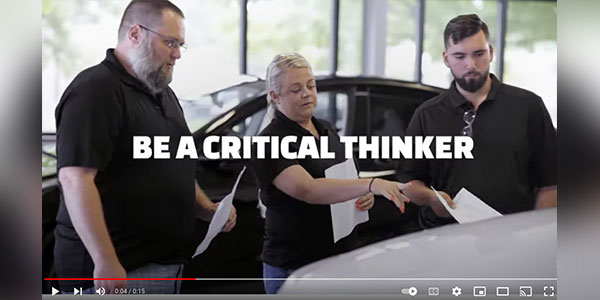The value I’m referring to is gross profit production and customer loyalty, which I would hope are on your radar screen every day of your dealership life. If you are not focusing on these values, you need to start today.
Let’s Look at Gross Profit Production First
An average technician at 100% productivity (40 hours produced versus 40 hours worked) will contribute about $15,000 in parts and labor gross profit per month based on our industry’s benchmarks. If we annualized that monthly contribution, it amounts to about $180,000, which is about the same as selling 120 new vehicles per year at an average gross PRU of $1,500, which is pretty close to what your average salesperson produced last year.
If an average technician produces about the same gross profit as an average salesperson, one would naturally assume that each of these people deserve to share equally in the attention received from the general manager and/or dealer, right? Let’s look at some examples of how much these two actually have in common.
Let’s Start with Performance
If you maintain a performance board for salespeople where you post their sales daily for everyone in the sales department to see, then I would hope you also maintain a performance board for technicians to measure and post their flat-rate productivity daily. Additionally, if you set goals for all salespeople daily, weekly and monthly, then surely you are doing the same for technicians since it is a fundamental part of measuring daily the success of all productive employees both in sales and service.
How About Support?
In the sales department, you need to have a solid, customer-oriented finance department to provide the financing support for putting the cars over the curb. A weak finance department will most assuredly have a negative effect on your salespeople’s performance. In the service department, you need to have a solid, customer-oriented parts department to provide the replacement parts for getting your customers back on the road. A weak parts department will most assuredly have a negative effect on the performance of your technicians.
Why is it that the parts department in most dealerships will send a driver in a truck across town to deliver a part to a competitor (wholesale) but they won’t walk 50 feet to deliver a part to their own technicians (retail)? Since the technicians are the no. 1 customer of the parts department, it would seem obvious that providing technicians the highest level of service possible ought to be priority one!
This level of service will have a direct effect on your CSI report for “Fixed First Visit.” Why, you ask? In my opinion, too often, this Fixed First Visit score is misinterpreted to reflect shop comebacks by the technicians. The fact of the matter is that Fixed First Visit has a lot more to do with the lack of parts needed to complete the repair properly; therefore, you must special-order parts and ask the customer to return for a second visit to complete the repair.
So, when the customer comes to the question on their survey, “Fixed First Visit”, the answer is going to be NO. Are you evaluating the performance of your support-department for your technicians?
Where’s Your Biggest Opportunity?
Now, back to the salesperson who’s selling 10 cars a month and producing about $15,000 in gross profit. I bet you have processes in place to measure their individual sales opportunitiessuch as the number of UPS, demos, write-ups and T.O. to management and maybe even closing ratios? You’re probably thinking, “How can any of these processes possible apply to technicians?”
To begin with, measure the number of repair orders dispatched to each technician. (UPS) Every repair order, with the exception of new vehicle internals, should have an inspection sheet completed by the technician to ensure every customer is driving a safe and reliable vehicle. (Demo) Of course, any needed repairs and/or services found should be itemized on an estimate sheet and presented to the service advisor for review with the customer (write-up).
Any customer who declines a technician’s recommendation for these needed repairs and/or services should be turned over to the service drive sales manager or service manager for a second review with the customer, so they understand we are just trying to make sure they are driving a safe and reliable vehicle. (T.O.) If you implement these processes and measure them daily (like you do in sales), you will immediately realize an increase in retail service sales because your technicians’ productivity will go up.
It’s not uncommon for a good technician to reach 120% productivity or more. At this level of productivity, your technician is now worth about $18,000 per month, CSI and customer retention are on the rise, and service absorption just took a big leap forward, which sounds to me like the dealer just got a pay raise!
Accountability Equals Profitability
By measuring the efforts of your technicians daily, several things will happen with your entire service team starting with day one:
- First, you send a strong message that you careabout service.
- Second, you are looking at their performance daily and comparing that to their goals.
- Third, they will be held accountable for their individual performance daily.
- Fourth, productivity will increase significantly and so will your net profits.
- Last but not least, your service customers will like doing business with you again and again.
So, don’t you think it’s about time you crossed over that demarcation line-separating sales from service and give your service team the attention they deserve?
Don Reed – DealerPRO Training




